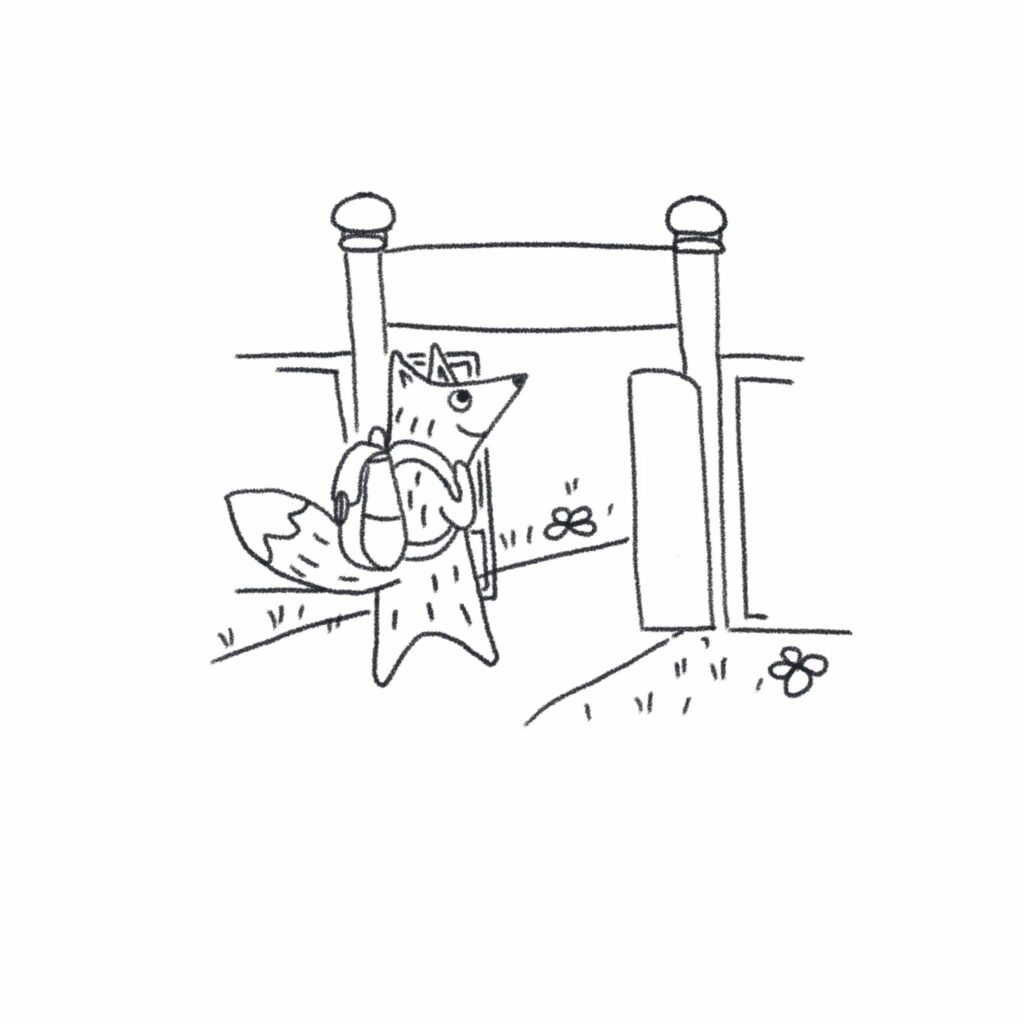How do you play with your child?
Do you sit back and let her play at your feet or are you an active participant?
Both approach have their merits, but they can have very different outcomes. As you know, we are great advocates of independent play. It teaches creativity, resilience and a can-do attitude.
But sometimes you can’t beat playing together.
‘Sustained shared thinking’ – as teachers would call it – is the idea that learning can be enhanced when an adult is present. When we sit with our children and are alert to their needs, we help them make connections and develop strategies to tackle otherwise impossible tasks.
Sustained shared thinking is really simple. Play with your child and pay attention. Don’t jump in at the first sign of a problem. Let her work it out. If she gets stuck, ask a question, don’t give the answer.
The big thing is to talk. Narrate what your child is doing. Give her the vocabulary to label actions and objects.
‘Oh, you’re putting the blue block on top of the red one.’
‘I can see that it won’t balance’
‘Ah! You’ve swapped it for a flat one. Now they stack perfectly!’
‘Look, your tower is wobbly. Why do you think that is? We’re building it on the rug. Is that the best surface? Where could we build it so that it didn’t wobble so much? The wooden floor? Let’s try it!’
You don’t have to engage in this kind of play all the time. A few minutes a day is plenty. Often children just need a slight nudge to make a new discovery and then they’re off, playing independently and applying what they’ve learnt.




